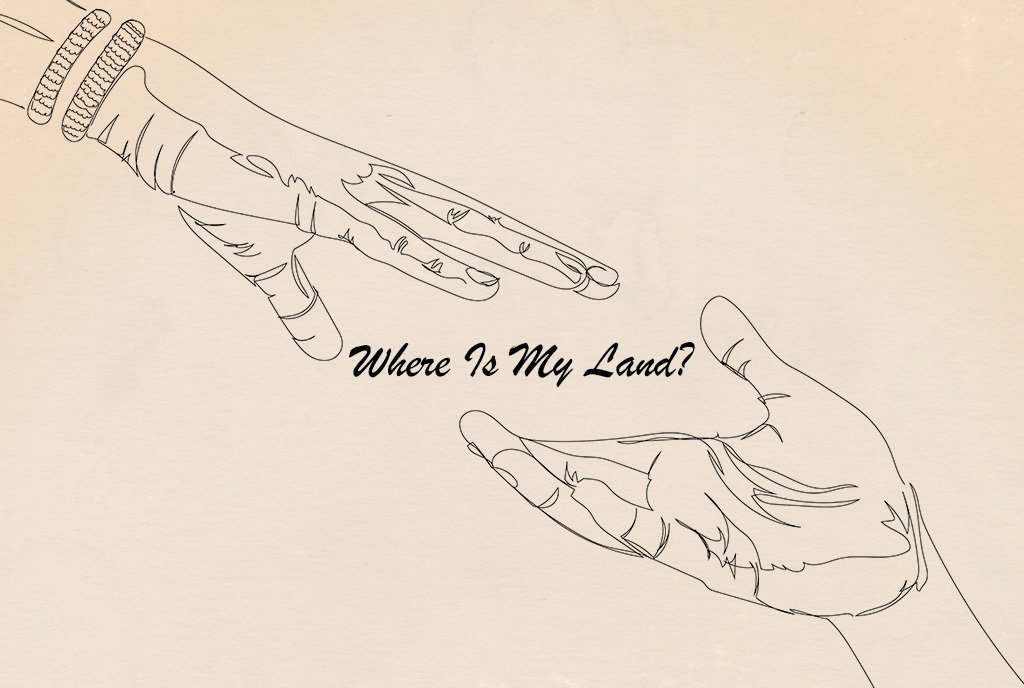May 16, 2016; Pittsburgh Tribune-Review
NPQ readers are no strangers to the litany of board governance problems at Jerry Sandusky’s now-defunct charity, The Second Mile. As reported by NPQ in the fall of 2011, the list of the nonprofit’s sins reads like an a la carte menu of what not to do. Among the selections: founder as titled corporate officer, board conflicts of interest, lack of board term limits, and donors and celebrities as “leaders.”
We know it’s an absurd way to run a nonprofit, but did Second Mile’s sloppy governance structure help to cover up Sandusky’s abuse of children? And, as NPQ asked in 2012, why wasn’t The Second Mile investigated?
During the 2012 trial that resulted in Sandusky’s conviction on 45 counts of child sexual abuse, The Second Mile played a most uncomfortable starring role when it was revealed that Sandusky met all of the victims involved in the criminal charges that sent him to jail through The Second Mile’s programs. Understandably, some people would like to know who at the Second Mile knew what and when?
Pennsylvania Solicitor General Bruce Castor told the Tribune-Review he has asked a head investigator to compile a memo on “what an investigation into the Second Mile would look like.” Castor was bothered by the question when he wrote an opinion memo for attorney general Kathleen Kane regarding the dismissal of the most serious charges against three former Penn State administrators accused of a cover-up in the Sandusky case.
Sign up for our free newsletters
Subscribe to NPQ's newsletters to have our top stories delivered directly to your inbox.
By signing up, you agree to our privacy policy and terms of use, and to receive messages from NPQ and our partners.
“It began bothering me like a pebble in my shoe, this long-held perception that The Second Mile may have provided some of Sandusky’s victims,” Castor said. “My question is, what did they know and when did they know it?”
Concerns have been raised that the lack of investigation to date is related to former attorney general and former governor Tom Corbett. Corbett received political contributions from people with ties to The Second Mile and approved a $3 million grant to the organization in 2011. Corbett has denied that the contributions and the decision to not prosecute Second Mile officials were related. Further, he says that changing if he had reversed the initial approval of the $3 million grant in 2011, it would have compromised the investigation of Sandusky and The Second Mile then underway.
The Second Mile’s board of directors said in a statement in November of 2011 that it had accepted the resignation of Jack Raykovitz, who served as the CEO of the organization for nearly three decades while children in his program were victimized by Sandusky. The Second Mile board promised to conduct an internal investigation to assess policies and make recommendations regarding future operations. It is unclear if that ever happened.
What is clear is that when nonprofits do not have strong board governance practices, staff, clients, stakeholders, donors, and taxpayers can get hurt or exploited. The Jerry Sandusky/Second Mile/Penn State scandal highlights the dangers of poor governance and management. This scandal’s tragic scope and intense publicity may influence more media and regulators to ask of other nonprofits, “Where was the Board?” when they face public crises of public confidence.—Carrie Collins-Fadell and Michael Wyland












